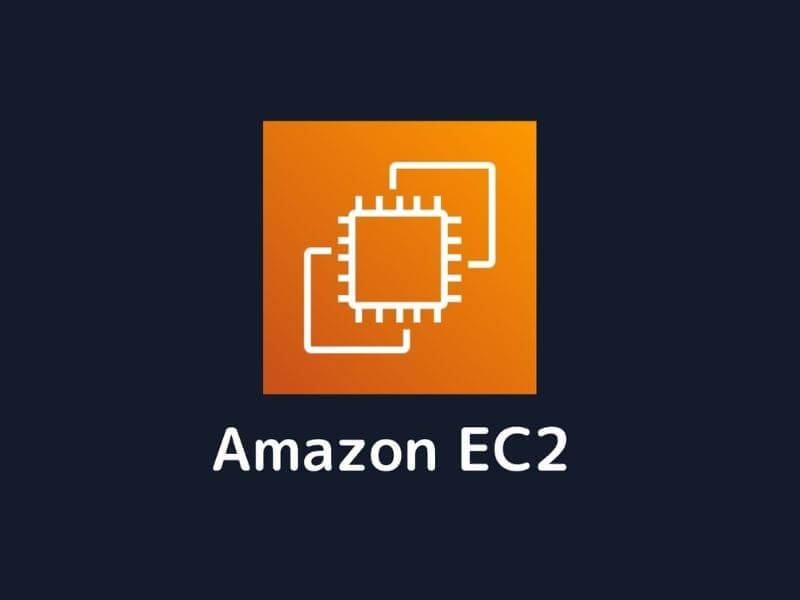What is Amazon Ami? An Amazon Machine Image (AMI) is a supported and maintained image provided by AWS that provides the information required to launch an instance. You must specify an AMI when you launch an instance. You can launch multiple instances from a single AMI when you require multiple instances with the same configuration. You can use different AMIs to launch instances when you require instances with different configurations
What is Amazon Ami?
An Amazon Machine Image is a special type of virtual machine that runs in the cloud. It is a master image that contains the information needed to launch instances (virtual servers) in the cloud. The virtual servers are known as EC2 instances in the AWS (Amazon Web Services) environment. An AMI serves as the basic deployment unit for services provided by EC2.
Each AMI is configured with a template for the root volume needed for a specific type of instance. In a typical example, there might be an operating system, an application server and applications. Permission controls are in place to make sure that AMI launches stay restricted to the correct AWS accounts. One AMI can launch multiple instances if the configuration required for the instances is the same. But multiple AMIs are needed to launch instances with varying configurations.
If there’s no AMI, there would be no instances, no method to define the parameters, and no way to run a web application, install an API, store a cloud database, or take any of the advantages of cloud computing.

How to Create an AMI From an Amazon EC2 Instance?
You can create AMIs using the Amazon EC2 instance using the following steps.
- Create an Amazon AMI from a running or stopped instance from the Amazon EC2 instances view. Right-click on the instances file and select ‘Create Image’.
- A pop-up window will appear with fields that require information like name, description, etc. After entering the required information, select Create Image at the bottom of the window. The instance gets automatically shut down by Amazon EC2, which then takes a snapshot of all volumes attached, creates and registers the AMI and reboots the instance.
- It may take a few minutes for the AMI to be created. Once created, the AMI will appear in the AMI view of AWS Explorer. The AWS Explorer view can be accessed by double-clicking on Amazon EC2|AMIs node. To view AMIs, select Owned by Me from the Viewing drop-down menu.
- After an AMI is created and registered, you can use it to launch new instances.
Amazon Linux AMI Virtualization Types
There are 2 types of Amazon Linux AMI virtualization:
Paravirtualization – this type of virtualization improves the performance of guest OS by removing the overhead of emulating hardware and thorough knowledge about the guest OS. This technique is preferred for high-performance computing applications that require rapid processing like those used in scientific computing, transactional database, etc. there should be close cooperation between virtual machine monitor, guest OS, and modified OS kernel.
Hardware Virtual Machines – Hardware Virtual Machines (HVM) are fully virtualized, and the underlying hardware needs to be emulated for the guests to use. With Paravirtualization (PV), on the other hand, no emulation is needed for the guest OS to run. With HVM, the host machine should have a specific feature available on its hardware. PV, however, requires the guest OS to have a specific feature present in the software.
PV virtual machines are lightweight compared to HVM and hence boots faster and use less computer hardware. But they have a lesser number of operating systems.

Buying, Selling, and Deregistering AMIs
Once an AMI is created, it can be kept private (meaning only the owner can use it) or can be shared with certain AWS accounts, or it can also be shared publicly with the community. For a shared AMI, the user can be at risk as Amazon does not guarantee the integrity or security of publicly shared AMIs. Users should perform their own diligence before using publicly available AMIs.
You can purchase AMIs from a third party like Red Hat, a Linux distribution that is based on Linux kernel source code. You can also sell your created AMIs to other Amazon EC2 users.
In case an AMI is deregistered, it cannot be used to launch new instances. Existing instances shall not be affected, however. An instance should be terminated once its use is finished.
What are the types of Linux AMI Virtualization?
For the Linux OS, AMIs uses either of the following virtualization methods, which are primarily different in their booting processes:
Paravirtual or PV
In this case, the AVM instance boots with the help of a special boot loader, PV-GRUB that starts the boot cycle and then loads the menu.1st file kernel on the image. AVM users deploying this method run their instances on host hardware that do not explicitly support virtualization, hence cannot exploit hardware extensions like GPU processing for better performance.
Hardware virtual machine (HVM)
AMIs that are based on the HVM method has the ability to directly run an OS on the virtual machine without any underlying modification. HVM allows complete access of the virtualized hardware and booting through the execution of the master boot record of your image’s root block device. HVM users can also exploit the hardware extensions on the host system for better performance.
On the whole, the PV method works better for applications with storage and network operations as compared to HVM. However, for the best overall performance, HVM AMIs work better when launching your instances.
Create your own AMI
You can launch an instance from an existing AMI, customize the instance (for example, install software on the instance), and then save this updated configuration as a custom AMI. Instances launched from this new custom AMI include the customizations that you made when you created the AMI.
The root storage device of the instance determines the process you follow to create an AMI. The root volume of an instance is either an Amazon Elastic Block Store (Amazon EBS) volume or an instance store volume. For more information about the root device volume, see Amazon EC2 instance root volume.
- To create an Amazon EBS-backed AMI, see Create an Amazon EBS-backed Linux AMI.
- To create an instance store-backed AMI, see Create an instance store-backed Linux AMI.
To help categorize and manage your AMIs, you can assign custom tags to them. For more information, see Tag your Amazon EC2 resources.

Above is information about What is Amazon Ami? How is this Amazon Ami about? that we have compiled. Hopefully, through the above content, you have a more detailed understanding of Amazon Ami. Thank you for reading our post.








